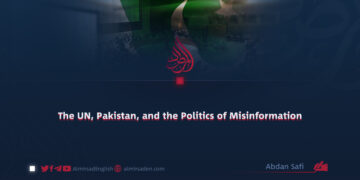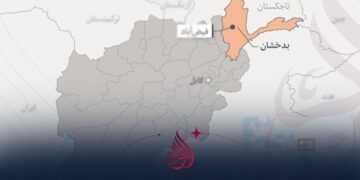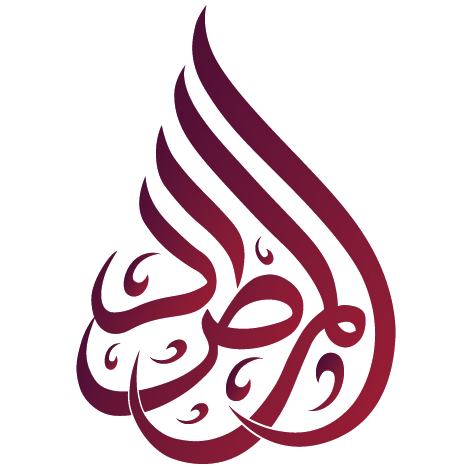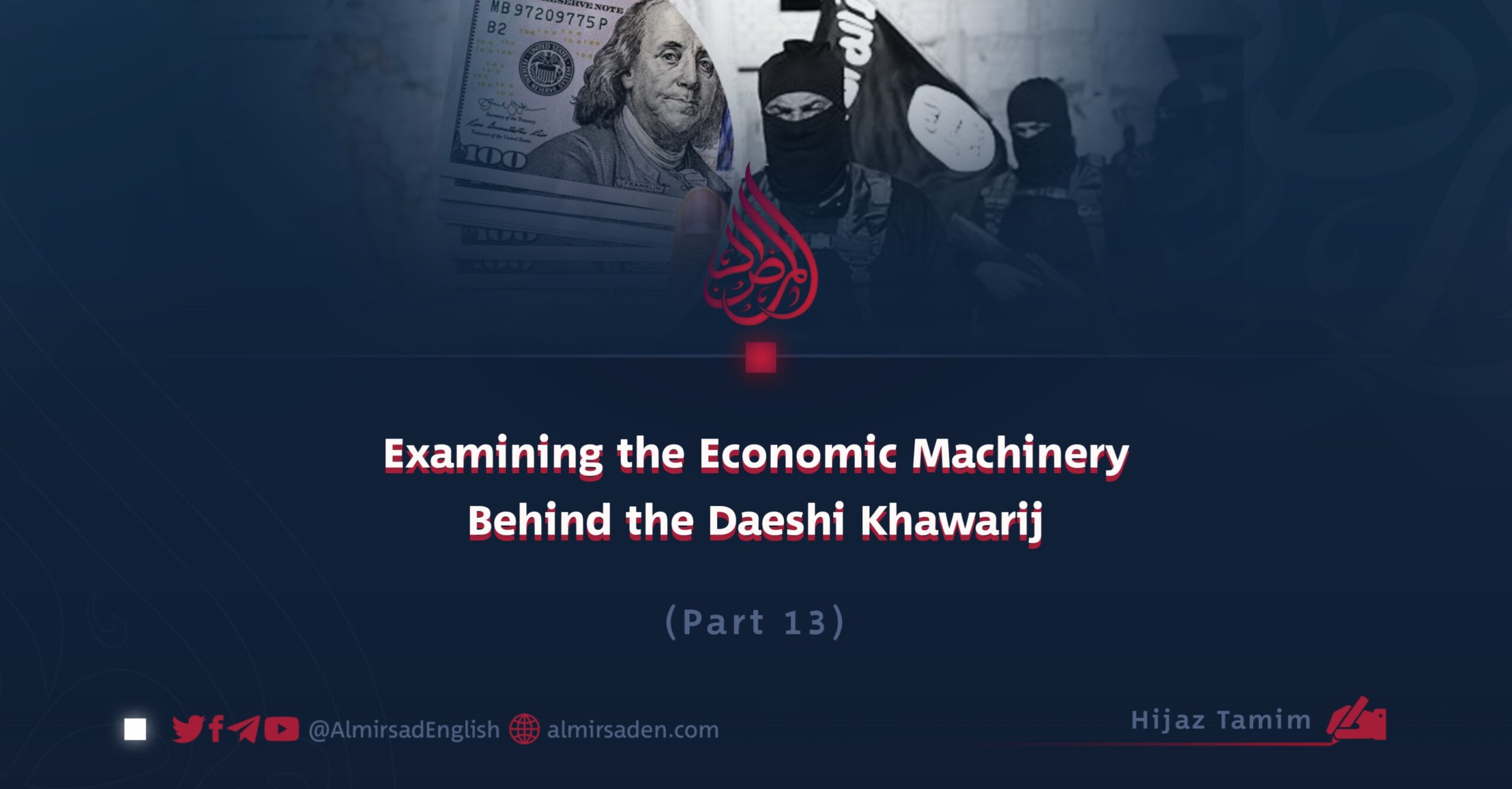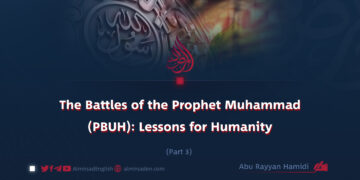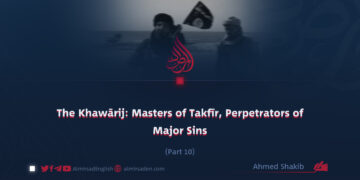Part 13
Hijaz Tamim
Human Trafficking Revenues (II)
During the peak of its power from 2014 to 2017, ISIS generated hundreds of millions of dollars through systematic human trafficking, according to credible international reports and research. These revenues were not merely a supplementary source of income; they were fundamental to the group’s operations. The profits secured through these channels provided essential funding for the procurement of weapons and equipment, sustained its extensive propaganda machine, financed the administration of its self-declared caliphate, and supported its foreign operations.
A particularly egregious aspect of this economy was the trafficking of Yazidi women and girls. Reports from the Office of the UN High Commissioner for Human Rights (OHCHR), UNICEF, and independent counter-terrorism financing monitors indicate that between 2014 and 2016 alone, ISIS earned an estimated $20 to $40 million from their abduction, exploitation, and sale. Victims were forcibly taken by ISIS militants and subsequently sold into sexual slavery in organized markets.
Beyond the targeted persecution of the Yazidi people, ISIS profited extensively from a broader range of human trafficking practices. These activities, documented in international reports, included sexual exploitation, forced labor, the conscription of child soldiers, and the facilitation of illegal migration. Analysis from the Financial Action Task Force (FATF), the Counter Extremism Project, and the Global Initiative Against Transnational Organized Crime suggests that these ventures generated between $25 and $100 million annually for the group, constituting approximately 10% to 30% of its total annual budget.
ISIS’s approach to human trafficking was multifaceted, serving both financial and ideological ends. As noted in reports from the U.S. Trafficking in Persons (TIP) Report and the UN Office on Drugs and Crime (UNODC), the group did not only generate income directly from these activities but also leveraged them to solicit financial support from extremist sympathizers worldwide. The production and distribution of graphic exploitation videos, coupled with sophisticated online advertisements on mainstream and dark web platforms, allowed ISIS to commodify human suffering and create a perverse commercial market.
The logistical execution of these operations was another key to their success. ISIS utilized forged documentation, counterfeit immigration papers, and a network of covert smuggling routes to transport victims from the Middle East to Europe, Africa, and Asia. These measures not only amplified the group’s financial gains but also deliberately contributed to regional destabilization and exacerbated the global migration crisis.
To manage this vast enterprise, ISIS employed advanced digital tools with alarming efficiency. Platforms like Telegram, Facebook, and WhatsApp were instrumental in advertising, negotiating sales, and coordinating the transfer of victims. This activity was often shielded further through the dark web, creating a sophisticated and concealed network that consistently challenged global counter-terrorism financing systems.
In conclusion, verified international reports establish that human trafficking formed a substantial pillar of ISIS’s annual revenue stream. This income, derived primarily from the exploitation of women, girls, children, and illegal migrants, is conservatively estimated to have ranged between $20 and $100 million. These funds were indispensable, playing a crucial role in bankrolling the group’s military campaigns and its pervasive propaganda efforts long after its territorial defeat.



